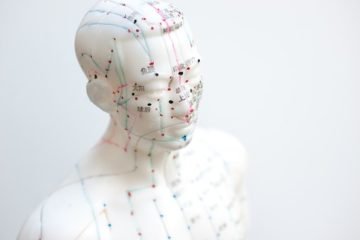Acupuncture
Acupuncture is an ancient Chinese medicine used to alleviate pain and promote overall health.
Find out MoreMassage Therapy
Massage therapy uses a variety of techniques to manipulate your joints and soft tissue to improve your body’s overall health.
Find out MoreChiropractic Manipulation
A chiropractic adjustment, also known as chiropractic manipulation, manual manipulation, or spinal manipulation, is the primary chiropractic treatment method for back pain.
Find out MorePhysical Therapy Modalities
We use various physical therapy modalities to help treat the muscles, ligaments, tendons and soft tissues of the human body. The most common physical modalities used in our practice are as follows:



